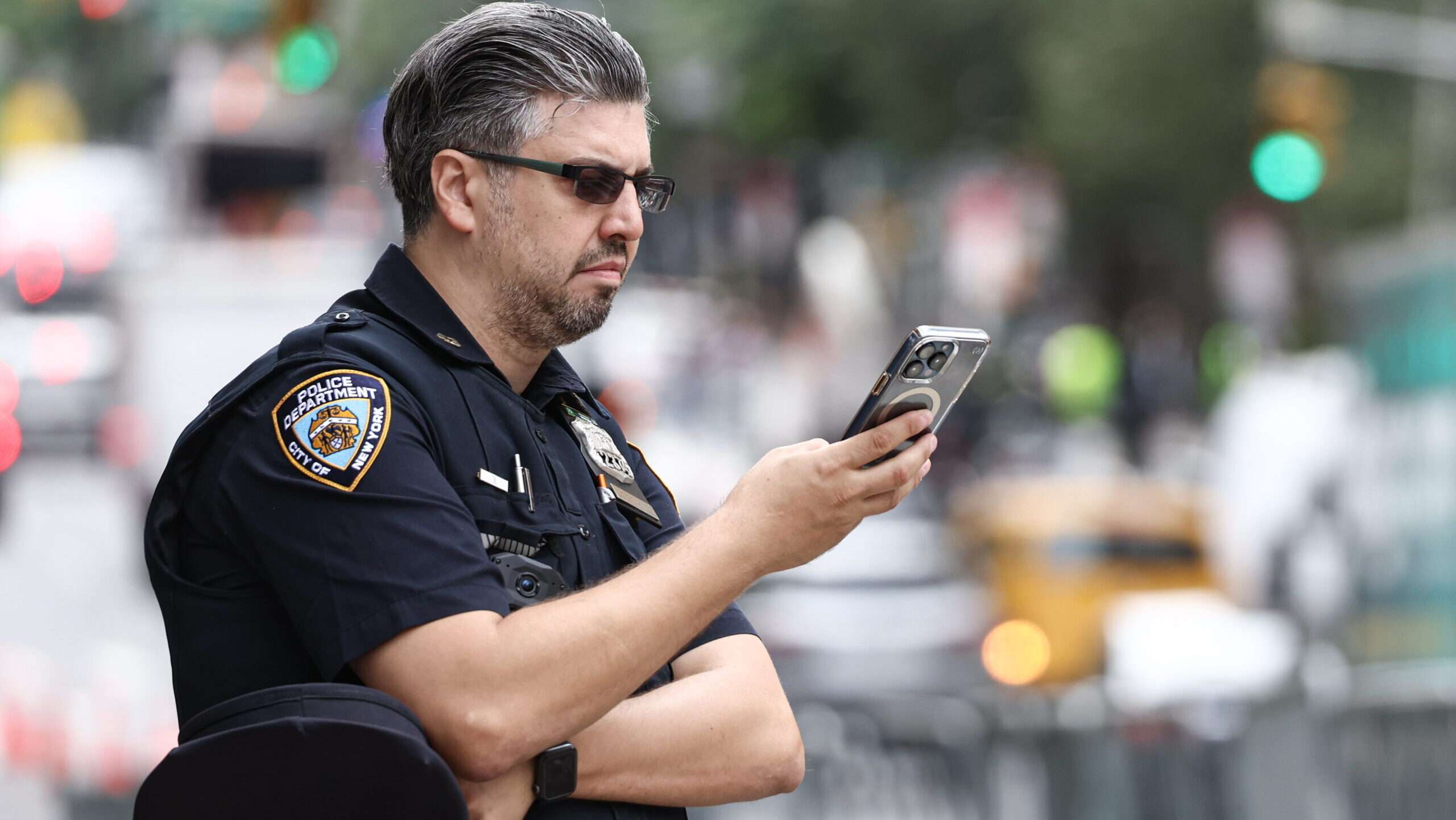Well, I want their passwords too.
Vaguely recall reading about a way to set your phone with two PINs, your normal one, and a security one that’s like a completely separate user account. So just install some BS apps on it, take some photos, and give that PIN when you need to.
Interesting idea!
A bit different, is the Duress Password from GrapheneOS:
GrapheneOS provides users with the ability to set a duress PIN/Password that will irreversibly wipe the device (along with any installed eSIMs) once entered anywhere where the device credentials are requested (on the lockscreen, along with any such prompt in the OS).
The wipe does not require a reboot and cannot be interrupted.
I am not a lawyer, always consult with a lawyer in your local jurisdiction.
I believe giving a duress password to the police, which destroys data, will definitely be a crime, destruction of evidence at the minimum. Or obstruction.
I’m all for having a duress code, I just want to be clear about the trade-offs
Don’t use biometrics and if you do, power off your phone before it’s siezed.
PSA hitting your power button (5)? times in a row (however many it takes to bring up the SOS screen) on an iPhone will disable biometric login until you’ve entered your password again.
You can also hold to power down but not actually go through with it, I believe.
That’s not how it works on Android phones. Different Android phones will work differently based on the manufacturer and customization of the installed OS.
That does not encrypt your storage. It simply disables the biometric authentication methods. Which means they can see your stuff if they get into the phone via a exploit.
I mean, they can do that if biometrics are disabled altogether too. Encryption isn’t really what’s at issue with biometrics vs. passcodes. In the US police can force you to put you to input a biometric but they can’t force you to enter a passcode.
iOS encrypts the storage by default. Don’t know about android but I’m sure if not by default it can be enabled.
I never said anything about the phone not being encrypted by default. I am talking about the emergency mode iOS devices have.
That does not encrypt your storage.
You didn’t read the article you linked to, did you?
The encryption by default you speak of is before the first unlock, that is, locked with something like a password or PIN. After the first unlock, the decryption key is stored in memory and your filesystem is pretty much vulnerable to anyone that can get access to the memory. That is why you can even unlock your phone with your face or fingers, because all that is a simple boolean value that indicates whether you logged in or not. You can’t “generate” or get a key from your face nor fingers.
In a lot of modern phones, and particularly iPhones, the encryption key is stored in the TPM. The TPM itself handles the encryption and decryption of data. If someone manages to get read access to the system memory, the most they’re getting is whatever cleartext data is stored in memory for cache or process memory.
Citing my Claims:
I’m not going to bore myself or anyone else with whitepapers and PDFs, but Apple themselves summarize how T2 (TPM) works with disk encryption on Mac devices. The iPhone has the same chip and an even stricter threat model. In M-series Apple devices, they rolled its functionality into the SoC.
Correct, though it still is saved somewhere. Just like how TPMs in Computers can be exploited as well, this also can be. What I meant in my original comment was that the emergency mode did not clear that hardware chip’s storage and do a full encryption of the storage, which others said otherwise.
Ah. Then yeah, emergency mode won’t suffice for protecting the full contents of the disk.
I can’t say Apple actually does this, but it is possible to protect important data by further encrypting user data with a separate encryption key derived from the passcode, and then clearing the key whenever the screen is locked.











